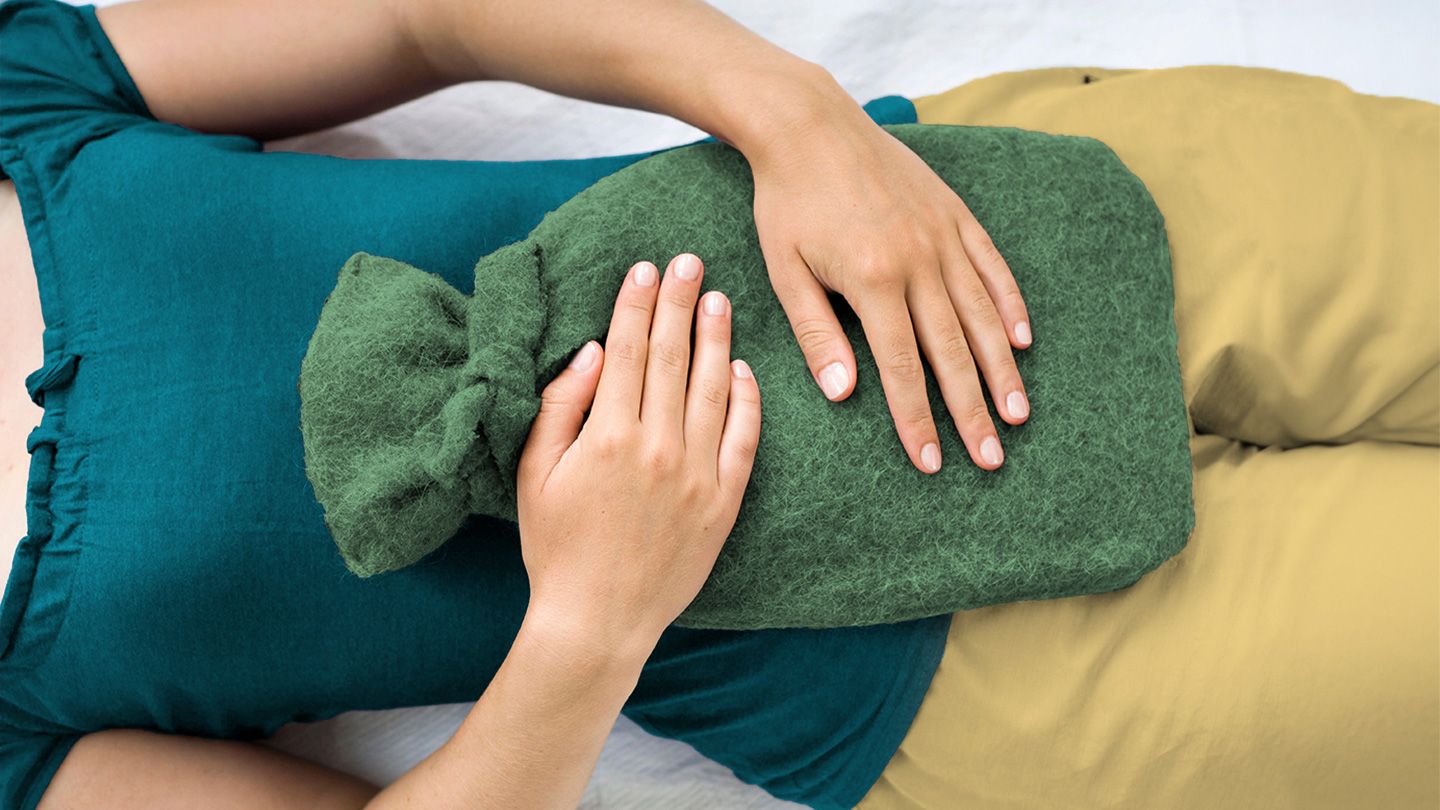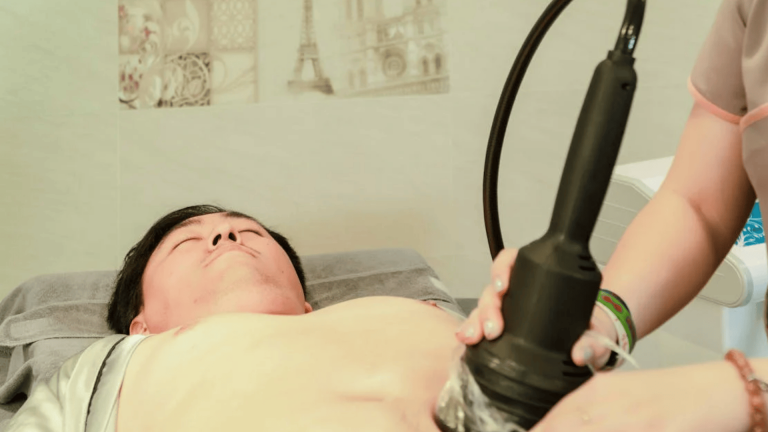6 Period Helpers You Didn’t Know You Needed

Many people have their go-to routine for getting through a rough period. It usually includes a heating pad, some ibuprofen, and maybe canceling plans. However, cycle care has come a long way, and there are now tools that do more than just take the edge off.
From smarter supplements to upgraded tech, a few under-the-radar solutions are changing how people manage symptoms. Products like FLO PMS Relief Vitamins and targeted nutrition strategies are making it easier to feel more balanced, not just survive the week. Here are six period helpers that may not be on your radar — but should be.
1. Magnesium Supplements
Magnesium is one of the most overlooked tools for period discomfort. It plays a major role in muscle relaxation, which can directly reduce cramping and tension. It also supports nervous system regulation, which helps with irritability, stress, and trouble sleeping during PMS.
Some studies have shown that magnesium may even reduce bloating by helping regulate fluid balance. For best results, look for magnesium glycinate or citrate, which are easier on the digestive system. It’s a small addition to a routine that can make a noticeable difference over time.
2. Menstrual Discs (Not Cups)
Menstrual cups have gotten plenty of attention, but menstrual discs are still a relatively unknown period product. Unlike cups, which sit lower in the vaginal canal, discs rest higher and lay flat. This design can be more comfortable for some people and holds more fluid, making it a good option for heavier flows.
Many users report fewer leaks and less odor with discs, and some find they cause less pressure or cramping. They can be worn longer than most tampons or pads, and certain styles are even reusable. For anyone who’s struggled with cups, a disc might be the better fit.
3. Luteal Phase Nutrition Support
The luteal phase (roughly the two weeks before a period) can come with the most frustrating symptoms. Supporting the body during this time through targeted nutrition can help ease those effects. That means focusing on complex carbohydrates, omega-3 fatty acids, and iron-rich foods.
Vitamin B6 and evening primrose oil are also known to support hormonal balance and mood. Many vitamins are designed to provide this type of support consistently across the cycle. While food should be the foundation, smart supplementation can help fill in gaps and improve overall symptom management.
4. Infrared Heating Pads
Traditional heating pads can relieve cramps, but infrared options go further. Unlike surface-level heat, infrared penetrates deeper into the muscles, improving circulation and helping reduce inflammation more effectively. This leads to longer-lasting relief with less time spent curled up on the couch.
These pads often come with adjustable settings and wraparound designs that make them more versatile than a standard plug-in version. Some are even cordless and wearable, so they can be used on the go or while working from home.
5. Sleep-Support Tools
Hormonal shifts before and during menstruation can make sleep harder to come by. Whether it’s waking up more often, feeling restless, or struggling to fall asleep, poor rest can make PMS symptoms feel even worse.
Tools like weighted blankets, blackout curtains, and calming herbal teas can make a big difference. Creating a solid bedtime routine (dim lights, no screens, cooler room temperatures) also helps regulate melatonin and cortisol levels. Supporting sleep is one of the simplest ways to improve energy, mood, and resilience during a cycle.
6. Period Tracking Apps That Actually Help
Tracking a cycle isn’t just about predicting the start date; it can reveal patterns that explain mood swings, cravings, energy dips, and even skin changes. Many period tracking apps now offer features that go beyond basic logging, including symptom analysis, ovulation predictions, and personalized health insights.
Apps can use data over time to help users anticipate and manage symptoms more proactively. Some even integrate with wearable tech to track body temperature and sleep. By understanding when symptoms typically show up, it’s easier to time interventions, whether that’s adjusting diet, tweaking supplements, or planning around low-energy days.
Cycle tracking is a low-effort way to gain better control and support the body with more intention throughout the month.
Build a Smarter, More Comfortable Period Routine
Managing a period doesn’t have to mean using the same three products every month. From magnesium and menstrual discs to upgraded heating options and targeted nutrition, there are tools that can make a real difference.
Everyone’s cycle is different, and small changes often lead to the biggest improvements. Exploring new products and habits can help build a routine that actually works with the body, not against it.






